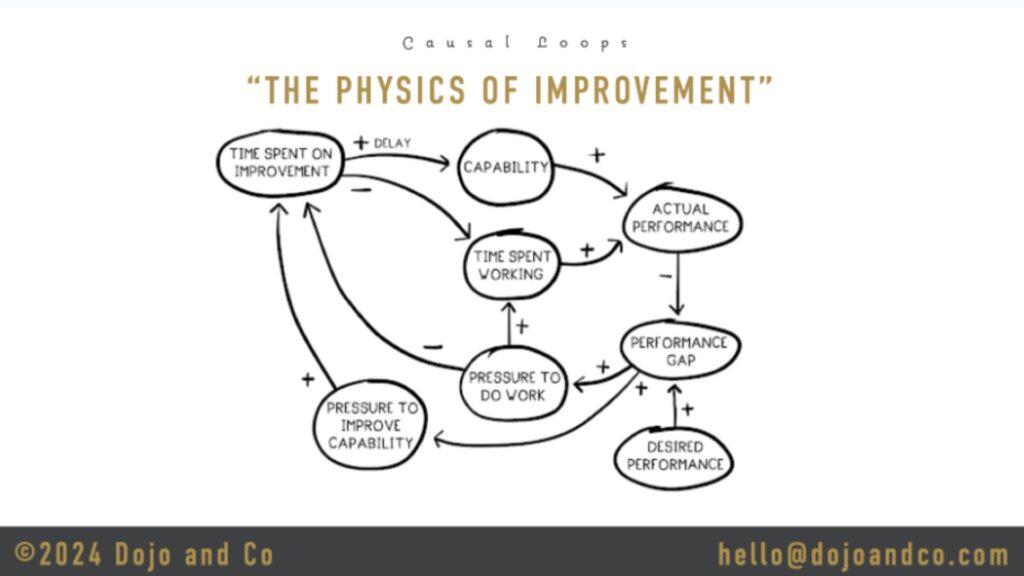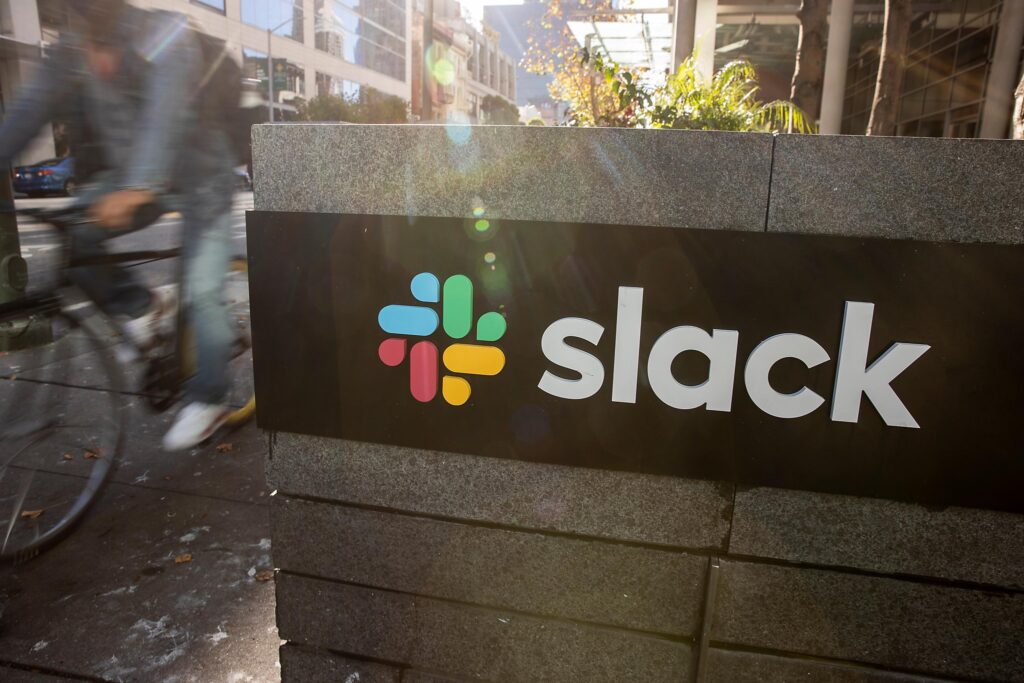We had the great pleasure of hosting Thansha Sadacharam for an informative and succinct presentation on the fast impact she’s had at Peloton since joining the company as it’s Tech Learning Lead some 10 months ago. Her story is a perfect example of how Tech Enablement strategies can affect change quickly when given a thoughtful opportunity. Here are a few of the most important takeaways from the story she shared.
Pick your strategic partners
At Peloton, Tech Learning is still a developing idea for most of the business. Instead of doing a traditional learning needs assessment through a survey, Sadacharam wanted to be more strategic about it, setting up hundreds of targeted conversations among four groups of people: Engineers, Subject-Matter-Experts, Leadership, and Peloton’s Talent Community.
One of my favorite things about being in Tech Learning is there is always when you’re in hyper growth, there’s always a keen group of employees that act as subject-matter-experts that want to do peer-to-peer learning. They want to mentor, they want to coach.
– Thansha Sadacharam | Tech Learning Lead, Peloton
Working closely with her Talent team, Sadacharam understood the needs of the business—what was going well so far, and where combined efforts with Tech Learning could help.
Have benchmarks and data do some of the talking
Sadacharam knew that, in spite of all these human conversations, she would need to render her findings into a different form.
I’d had lots of conversations and lots of insights, but I’d report into Engineering leaders and I knew qualitative inputs wouldn’t fly for the investments that I was going to be asking for.
– Thansha Sadacharam | Tech Learning Lead, Peloton
Sadacharam decided to narrow in on key metrics to improve developer productivity. She mentioned, “I was hearing onboarding was a super huge pain. I knew we needed some quantitative metrics. So, for example, we started looking at what our time to first intent PR was.”
I think luckily through communities like TechKnowCon, the kind of the connections that we’ve got… we were able to say, okay, compared to our peers, are those numbers good or bad?
– Thansha Sadacharam | Tech Learning Lead, Peloton
Sadacharam continues, “this is when I started to work really closely with our Platform Insights team. I was very lucky to have a strong partner in data science staffed to this work. So while I was having these conversations, what I started to do was work with our data scientist to dig into a couple of key metrics and numbers that would help me even further understand some of these qualitative insights that were coming out of the conversations.”
Deliver training programs that people actually need
Sadacharam let her findings guide the tech learning products she built. This was a key juncture in which her research paid off.
Keep in mind that with Tech Learning at Peloton, there is no such thing as mandatory training.
– Thansha Sadacharam | Tech Learning Lead, Peloton
She adds, “if you build the wrong thing, they will not come, so building the right training programs was critical. We wanted to think about what we offer as products on a shelf that people could pick up whenever they needed access to them the most.” To do that, her team at Peloton takes all of the qualitative and quantitative insights to create what they call the ‘Tech Learning Product Catalog’. There are three key offerings that they have on the shelf. They are onboarding programs, continuing education programs, and then coaching programs. Each of these offerings were created based on the insights they saw and shaped their mission, which is to empower engineers to onboard, grow and share their skills at Peloton.
Size up ‘true costs’
Sadacharam’s most effective tool for convincing management to invest in tech learning was to frame her argument’s in the potential costs and savings of her work. “We brought all of our senior engineering leaders together to present this information and we presented both a qualitative and quantitative summary based on our research. We went in and we said, ‘This is what we’re hearing. This is what people love about what we offer at Peloton so far, and this is where people are feeling like we’re falling short.’ We then added some quantitative information to that, telling them that these are the numbers that we’re seeing, and this is how it compares to our peers.
The piece that I thought really resonated with our leadership team was when we broke that down into direct business impacts and said, ‘This is what it’s going to cost us in terms of years of innovation, because our developers aren’t able to move as fast as they want to.
– Thansha Sadacharam | Tech Learning Lead, Peloton
This is what it’s going to cost us in terms of workout minutes every time an incident happens if we don’t properly enable our teams to be able to manage those effectively. Those numbers really got the attention of our leadership team. Luckily for us, this approach resonated with our leadership team and tech learning ended up becoming a top line platform engineering priority for the business.”
Be prepared to pivot
As business conditions changed, Sadacharam and her team were able to weather the storm because of her team’s ability to stay nimble. After spending her initial energies refining and improving the onboarding program, Sadacharam shifted her focus. “We’d hit some key milestones with onboarding and built a lot of trust throughout the business. We were able to leverage this trust to build more programs. We have now created a peer-to-peer collaborative learning program called, ‘Subject Matter Expert Network.’ We launched Tech Talks at the end of December. Powered by internal SMEs, we now run two talks each month, which people are loving.”
Sadacharam’s story is a textbook example of how tech learning and tech enablement can help a company grow and evolve in any environment. As she is quick to emphasize, this work matters in the most tangible ways.
“We’re not just talking about doing training because they promote collaboration and morale. It’s not this fuzzy kind of thing.
– Thansha Sadacharam | Tech Learning Lead, Peloton
For her and her team, it actually drives real-world business results that impact the stickiness of Peloton products and the incredibly engaged Peloton community members that love them.







